Quiz History
Last Updated:
Are you a history buff? Our quizzes are for you! Test your knowledge of the great historical periods, landmark events, famous people and civilizations that have shaped the world as we know it today.
Our history quizzes are a fun and educational way to relive key moments in human history. With a varied selection of questions, you can test your knowledge on topics ranging from antiquity to the 21st century, including the Middle Ages, the Renaissance, industrial and political revolutions.
Do you know who signed the U.S. Declaration of Independence? Do you know the dates of major battles such as Hastings and Waterloo? Can you identify iconic figures such as Napoleon, Cleopatra and Martin Luther King? Our history quizzes are designed to help you answer all these questions while enriching your historical knowledge.
As you explore our history quizzes, you’ll discover fascinating anecdotes, little-known facts and striking details about the events and characters that changed the course of history. Whether you’re a history buff, a student or simply curious, our quizzes are an interactive and entertaining way to test your knowledge and learn more about the events that have shaped the world.
Test your knowledge and travel through the ages with our history quizzes!
Test your knowledge of history with our quizzes. Whether you’re an amateur or a true enthusiast, our quizzes will offer you a challenge adapted to your level.
Compare yourself with other history buffs and find out where you stand among connoisseurs of the great historical periods. Each question is an opportunity to learn and deepen your knowledge.
Our history quizzes are not simple knowledge tests, but interactive learning tools. Each question is accompanied by detailed explanations and interesting facts about key events, characters and eras.
By answering the questions, you’ll enrich your general knowledge and develop a better understanding of the past. Use our quizzes to explore new historical periods, discover fascinating anecdotes and strengthen your knowledge of world history.
history
/ 10
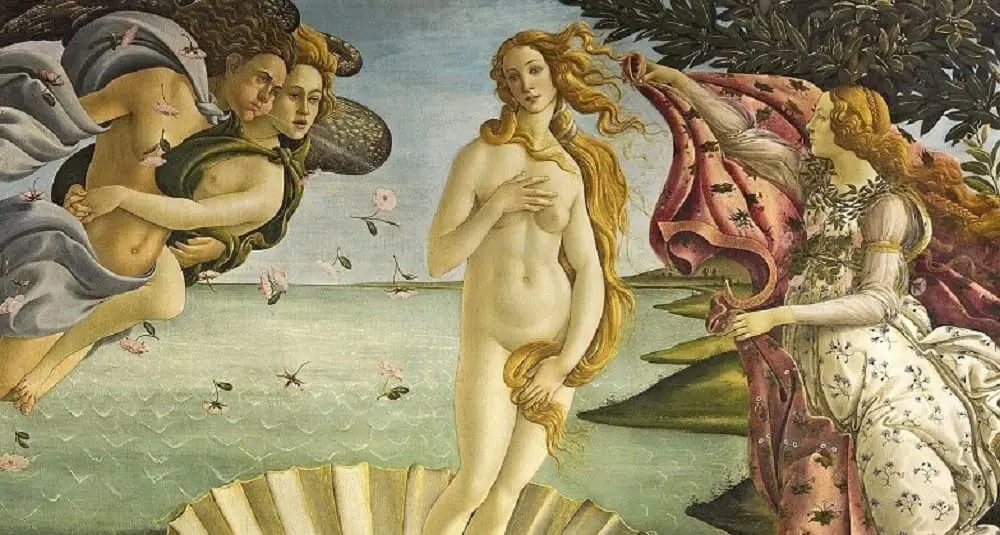
In Roman mythology, who is the goddess of love?
2Venus
1Aphrodite

🙌 Good answer
In Roman mythology, Venus is the goddess of love, beauty and fertility. She is the Roman equivalent of Aphrodite, her Greek counterpart.
Next question

😞 Wrong answer
In Roman mythology, Venus is the goddess of love, beauty and fertility. She is the Roman equivalent of Aphrodite, her Greek counterpart.
Next question
history
/ 10

During the 1939 Winter War, which country was invaded by the USSR?
1Finland
2Norway

🙌 Good answer
The Winter War broke out during the Second World War on 30 November 1939 with the Soviet invasion of Finland.
Next question

😞 Wrong answer
The Winter War broke out during the Second World War on 30 November 1939 with the Soviet invasion of Finland.
Next question
history
/ 10
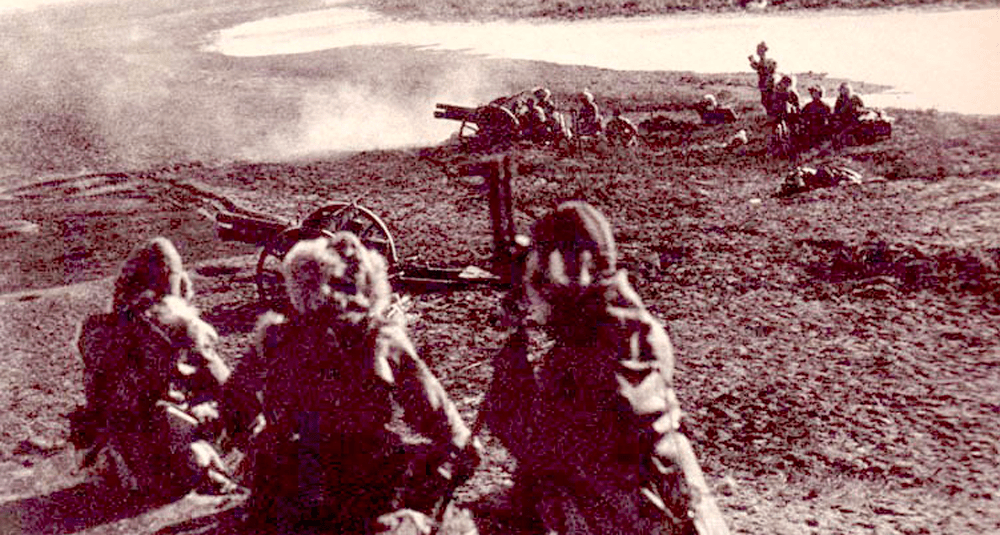
When did the Japanese Guandong Army invade Manchuria?
21931
11921

🙌 Good answer
It was in 1931 that the Japanese Guandong army invaded Manchuria, a key event with major historical consequences.
Next question

😞 Wrong answer
It was in 1931 that the Japanese Guandong army invaded Manchuria, a key event with major historical consequences.
Next question
history
/ 10
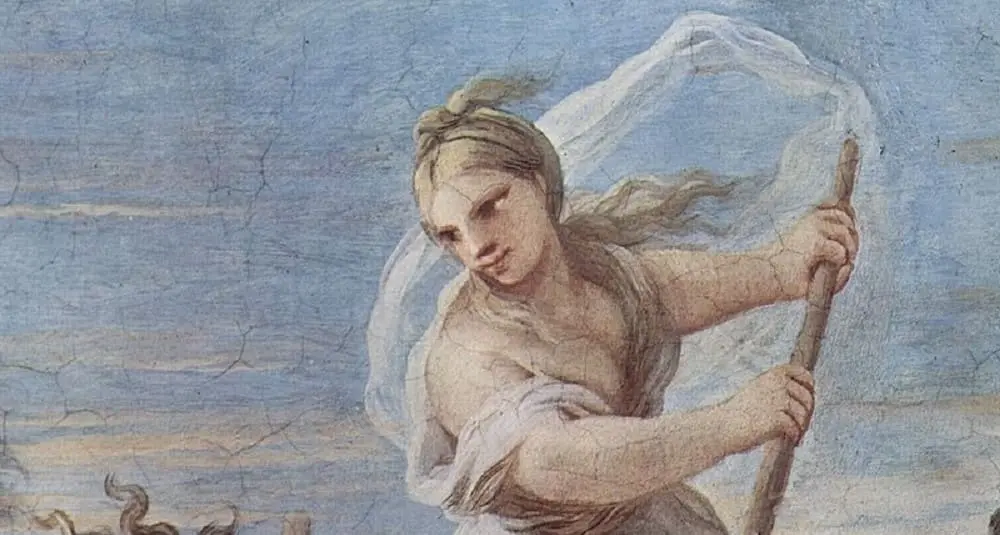
Who was Iris in Greek mythology?
2Messenger of the gods
1Goddess of the Moon

🙌 Good answer
In Greek mythology, Iris is the messenger of the gods and the personification of the rainbow. She links Olympus to Earth and faithfully serves Hera.
Next question

😞 Wrong answer
In Greek mythology, Iris is the messenger of the gods and the personification of the rainbow. She links Olympus to Earth and faithfully serves Hera.
Next question
history
/ 10
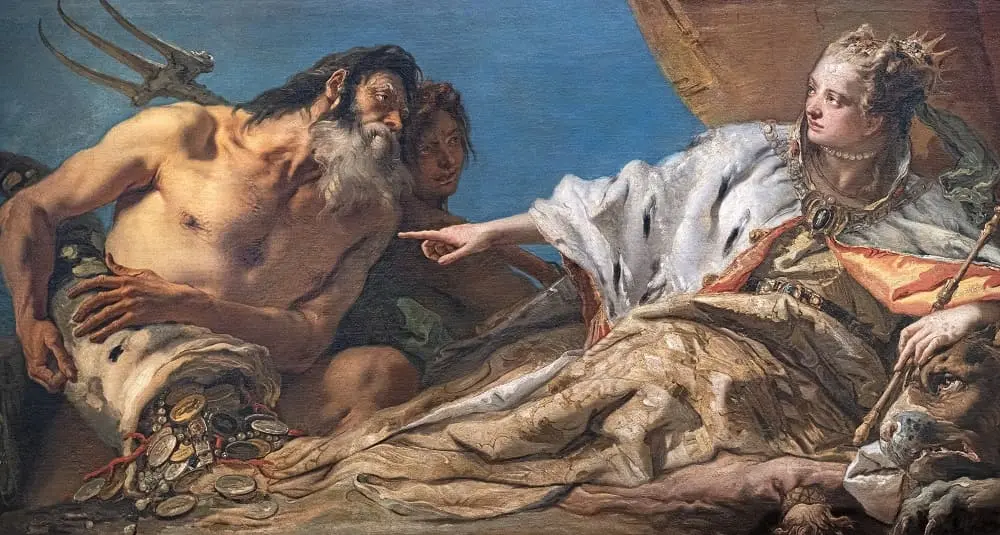
Who is the Roman god of the sea?
1Neptune
2Poseidon

🙌 Good answer
In Roman mythology, Neptune is the god of the sea. He reigns over oceans, storms and horses, the equivalent of the Greek god Poseidon.
Next question

😞 Wrong answer
In Roman mythology, Neptune is the god of the sea. He reigns over oceans, storms and horses, the equivalent of the Greek god Poseidon.
Next question
history
/ 10
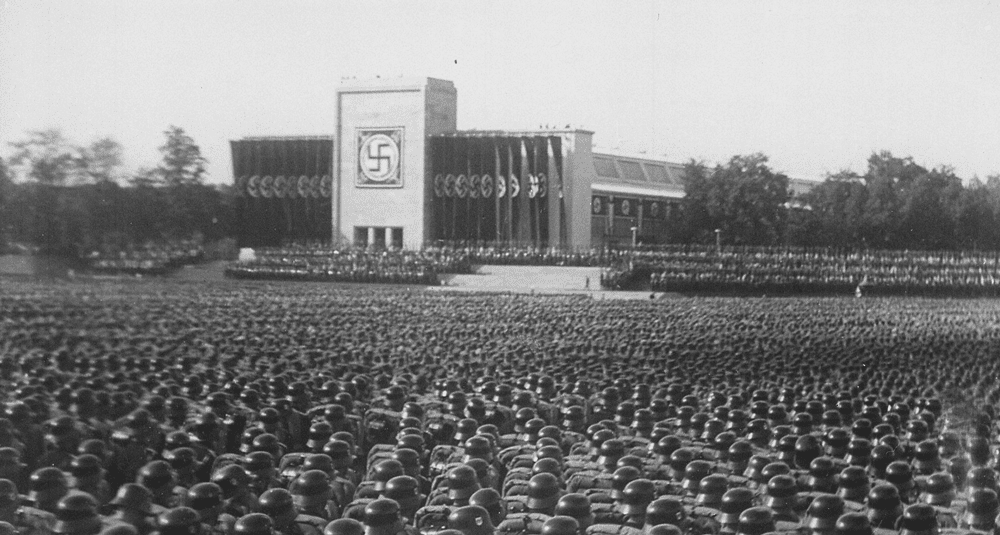
What was the name of Adolf Hitler's far-right German political party?
1NSDAP
2PNF

🙌 Good answer
The far-right German political party led by Adolf Hitler was the National Socialist German Workers' Party (NSDAP), commonly known as the Nazi Party.
Next question

😞 Wrong answer
The far-right German political party led by Adolf Hitler was the National Socialist German Workers' Party (NSDAP), commonly known as the Nazi Party.
Next question
history
/ 10
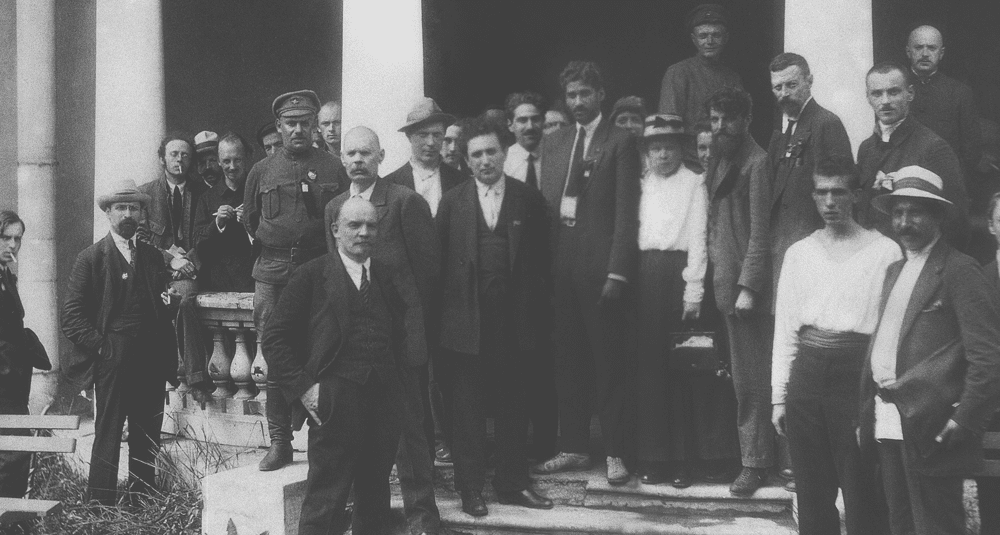
Which Russian statesman founded the Communist International in 1919?
2Vladimir Ilyich Lenin
1Joseph Stalin

🙌 Good answer
Lenin, Russian statesman and leader of the Bolshevik revolution, founded the Communist International in 1919 to promote communism worldwide.
Next question

😞 Wrong answer
Lenin, Russian statesman and leader of the Bolshevik revolution, founded the Communist International in 1919 to promote communism worldwide.
Next question
history
/ 10
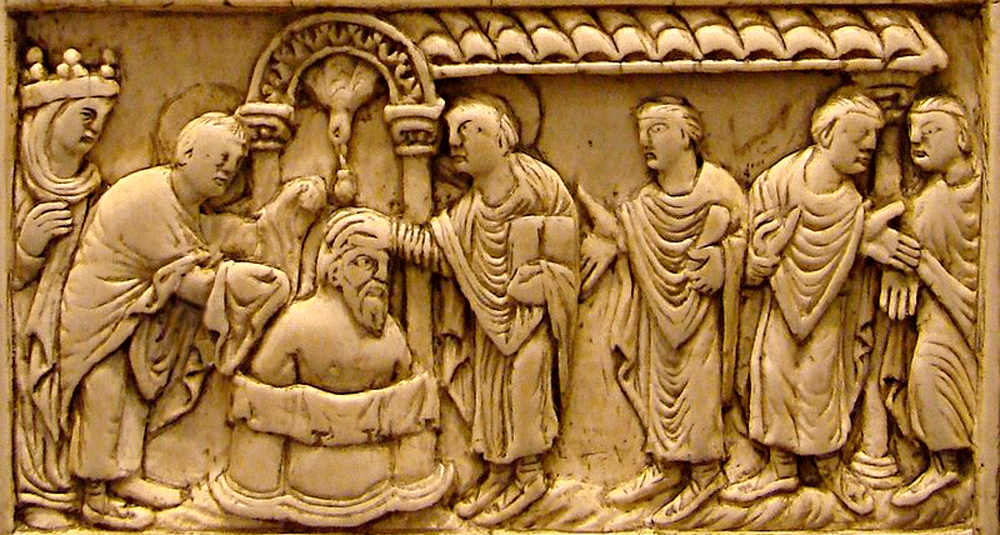
As a result of what battle did Clovis I convert to Christianity?
1Tolbiac
2Vouillé

🙌 Good answer
In 496, during the battle of Tolbiac against the Alamans, Clovis prayed to Christ and promised him to convert if he granted him victory.
Next question

😞 Wrong answer
In 496, during the battle of Tolbiac against the Alamans, Clovis prayed to Christ and promised him to convert if he granted him victory.
Next question
history
/ 10
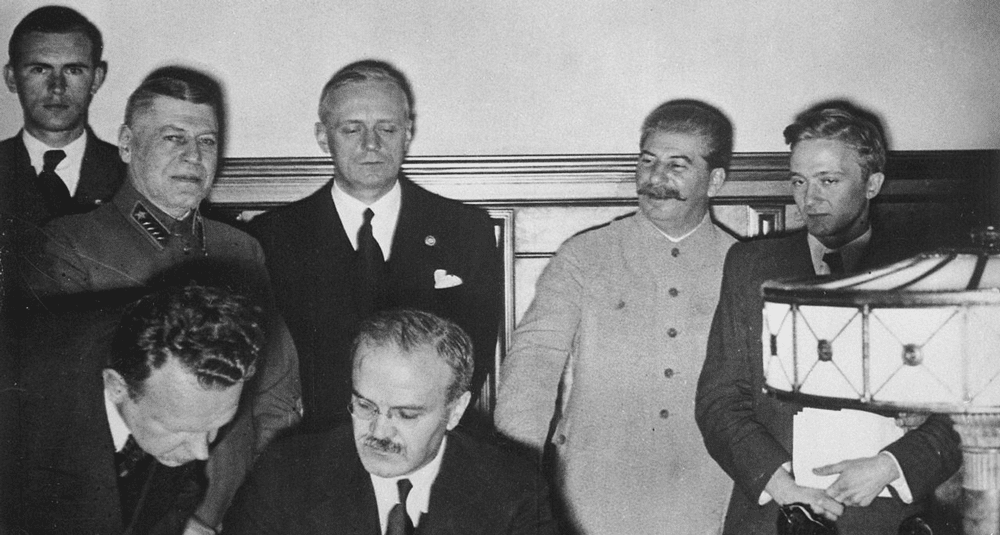
Where was the 1939 Molotov–Ribbentrop Pact signed?
2Moscow
1Berlin

🙌 Good answer
The German-Soviet Pact is a non-aggression treaty between Germany and the Soviet Union, signed in Moscow on August 23, 1939.
Next question

😞 Wrong answer
The German-Soviet Pact is a non-aggression treaty between Germany and the Soviet Union, signed in Moscow on August 23, 1939.
Next question
history
/ 10
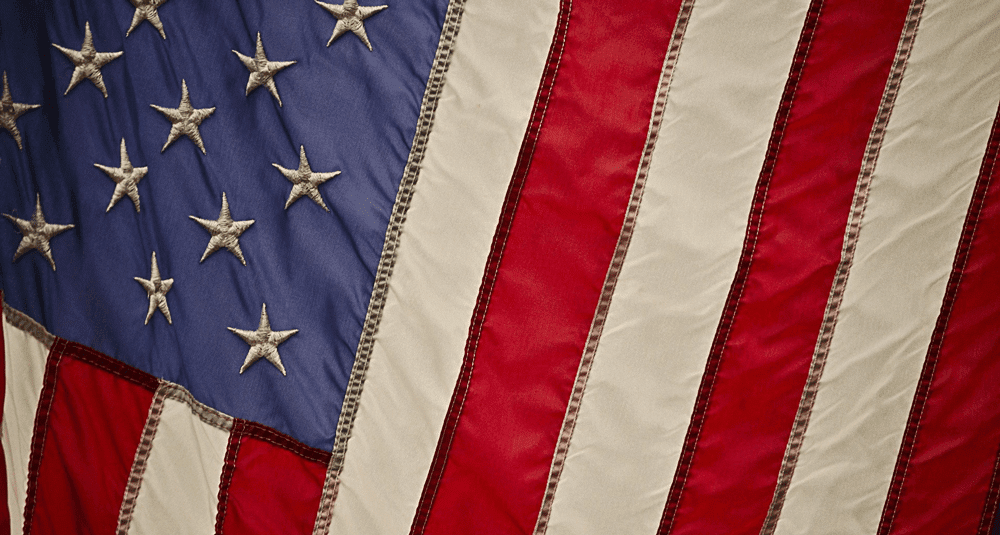
Who was murdered by James Earl Ray?
1Martin Luther King
2John Fitzgerald Kennedy

🙌 Good answer
James Earl Ray (born in Alton, Illinois on March 10, 1928 and died in Nashville on April 23, 1998) is an American criminal, sentenced to 99 years in prison for the murder on April 4, 1968, in Memphis, Tennessee, of Pastor Martin Luther King Jr., winner of the Nobel Peace Prize in 1964.
Next question

😞 Wrong answer
James Earl Ray (born in Alton, Illinois on March 10, 1928 and died in Nashville on April 23, 1998) is an American criminal, sentenced to 99 years in prison for the murder on April 4, 1968, in Memphis, Tennessee, of Pastor Martin Luther King Jr., winner of the Nobel Peace Prize in 1964.
Next question





